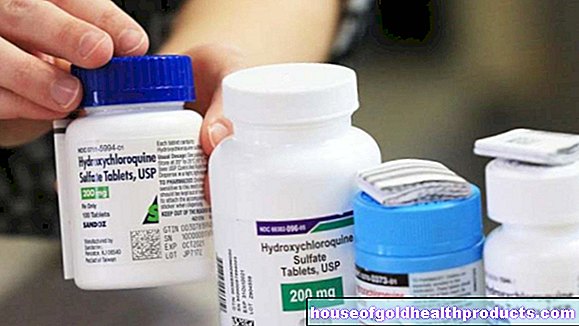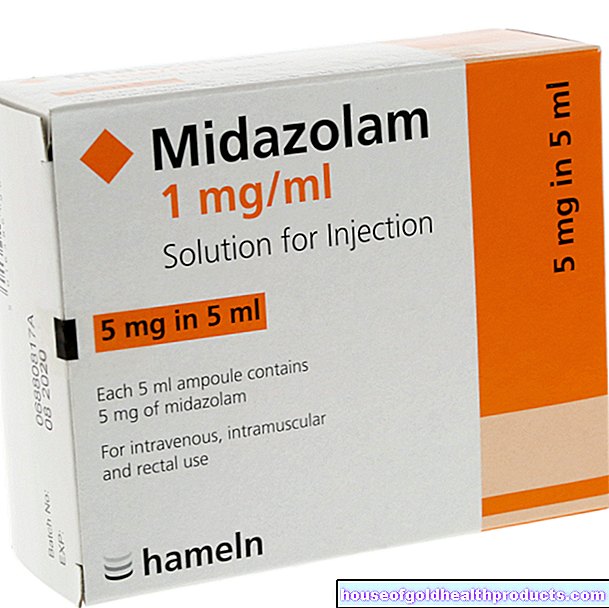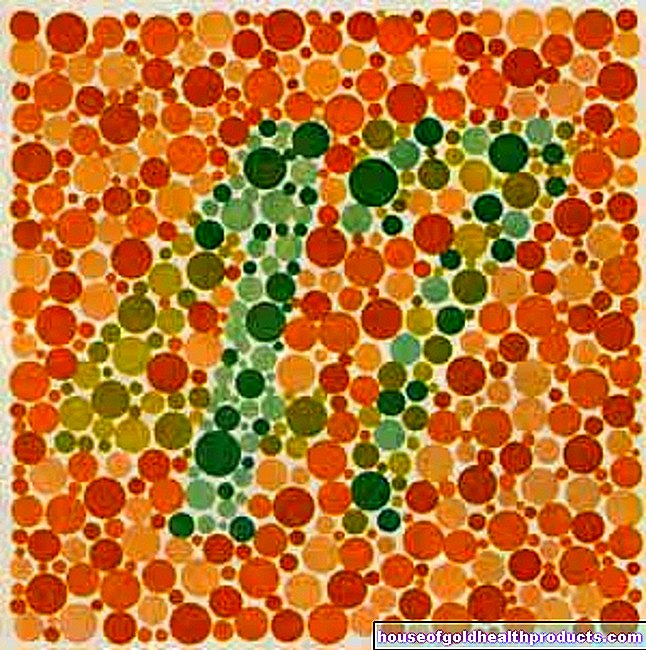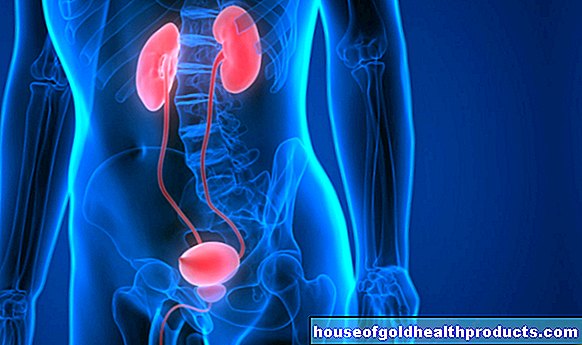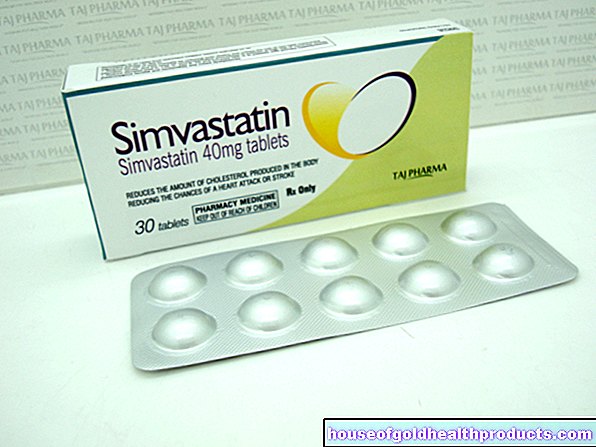Phenprocoumon
All content is checked by medical journalists.The active ingredient phenprocoumon inhibits blood clotting (anticoagulant). It is therefore used to treat and prevent blood clots (thrombosis and embolism). The therapy must be closely monitored by the doctor, as many other drugs and also the diet can influence the effects of phenprocoumon. Read more about the use, effects and side effects of Phenprocoumon here.
This is how phenprocoumon works
Phenprocoumon is a representative of the coumarins. It inhibits the formation of active coagulation factors in the liver. The activation of these substances is mostly dependent on vitamin K. Phenprocoumon now prevents the conversion of vitamin K into its active form, vitamin K epoxide. As a result, various coagulation factors cannot be activated - blood coagulation is inhibited. This prevents blood clots from forming, which can clog a vessel on the spot (thrombosis) or be carried away with the bloodstream and block a vessel elsewhere in the body (embolism).
The effect of Phenprocoumon does not set in immediately, but only after one or two days, as initially activated coagulation factors are still present in the blood. Only after they have been broken down does the phenprocoumon effect come into its own, because no new coagulation factors can be activated.
Absorption, breakdown and excretion of phenprocoumon
The anticoagulant is quickly absorbed from the gastrointestinal tract into the blood after administration by mouth (orally). There it binds for the most part to plasma proteins and is thus distributed in the body. The anticoagulant is broken down in the liver and excreted in the urine. After taking a dose, it takes six to seven days for half of the active ingredient to leave the body.After stopping the drug, the anticoagulant effect lasts for some time.
When is Phenprocoumon used?
Phenprocoumon is used to treat and prevent (re) thrombosis or embolism, for example in patients with an artificial heart valve, chronic atrial fibrillation or heart muscle disease (cardiomyopathy).
This is how phenprocoumon is used
Phenprocoumon is taken as a tablet. Therapy is usually initiated with an increased initial dose, while the maintenance dose is then lower and individually adjusted to the patient's blood coagulation value (INR value). The patient must regularly measure the INR value himself. The average maintenance dose for adults is 1.5 to 6 milligrams of phenprocoumon per day.
The anticoagulant effect only sets in after a few days. If immediate anticoagulation is required, treatment is usually started with heparin and then continued with phenprocoumon.
What side effects does phenprocoumon have?
The most important side effect is bleeding of all kinds and degrees of severity - from bleeding gums to life-threatening internal bleeding. Less common side effects include allergic reactions, itching, hair loss and (very rarely) toxic liver damage.
If you experience severe side effects or symptoms that are not mentioned, please consult your doctor.
What should be considered when using Phenprocoumon?
Phenprocoumon should not be used in the following cases:
- Hypersensitivity to the active ingredient or other coumarin derivatives
- Gastrointestinal ulcer
- NS
- Retinal diseases (retinopathies) with a tendency to bleed
- pregnancy
Interactions
Different drugs can increase the effect of the anticoagulant when used at the same time. These include, for example:
- Fibrates (cholesterol lowering drugs)
- Amiodarone (for irregular heartbeat)
- Anti-cancer drugs (cytostatics) such as cyclophosphamide, methotrexate
- anabolic steroids
Other drugs reduce the effects of phenprocoumon, for example:
- Carbamazepine (for epilepsy)
- Barbiturates (for epilepsy, as sedatives and anesthetics)
- Spironolactone (diuretic)
How to get medication with phenprocoumon
The active ingredient phenprocoumon requires a prescription, i.e. it is only available at the pharmacy after presenting a doctor's prescription.
Tags: drugs diet stress


